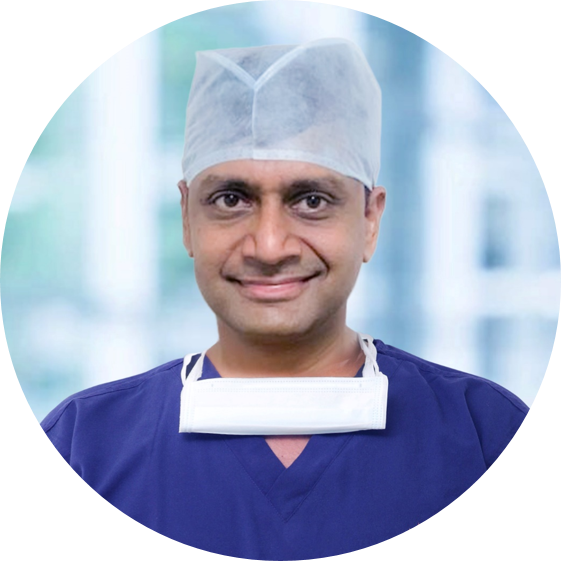
SIMS Hospital Chennai's Top Multi-Speciality Facility by Times Health Survey
Chennai, We Couldn't Have Done It Without You! We’re beaming with pride and gratitude – SIMS Hospital has been awarded...
02 Mar 2024 Read More →

Director & Senior Consultant
Cardiac Science (ICS)

Director & Senior Consultant
Renal Science & Transplantation

Director & Senior Consultant
Renal Science & Transplantation

Joint Director and Senior Consultant
Plastic Surgery

Lead Surgeon
Liver Transplantation

Director & Senior Consultant
Institute of Neuroscience

Director & Senior Consultant
Cardiac & Advanced Aortic Diseases

Director & Senior Consultant
Craniofacial and Plastic Surgery

Director & Senior Consultant
Gastroenterology

Joint Director & Senior Consultant
Orthopaedic Surgeon
A good word means a lot
Doctors clearly explained about my mother's condition. Room sisters take good care, food services are excellent, and housekeeping is efficient.
Excellent service, especially the nursing staff who provide 24-hour care. They are the real assets of the hospital.
Excellent diagnosis by the doctor. Nice service by all teams, including housekeeping and nurses. Totally satisfied!
Excellent diagnosis by the doctor. Nice service by all teams, including housekeeping and nurses. Totally satisfied!
Excellent diagnosis by the doctor. Nice service by all teams, including housekeeping and nurses. Totally satisfied!
Excellent diagnosis by the doctor. Nice service by all teams, including housekeeping and nurses. Totally satisfied!
Excellent diagnosis by the doctor. Nice service by all teams, including housekeeping and nurses. Totally satisfied!

Chennai, We Couldn't Have Done It Without You! We’re beaming with pride and gratitude – SIMS Hospital has been awarded...
02 Mar 2024 Read More →
SIMS Hospital Launches RCD Centre of Excellence Advanced Rib Cage Disorder Treatments...

Navigating Covishield Vaccine Risks: Understanding the Potential for Death Sources...

The Power of Hydration: Drink 3 Liters of Water Daily

Warts Be Gone Safe Methods for Removal by Dr. Sharmatha Source By: samayam Tamil

In the labyrinth of Alzheimer’s, family caregivers find themselves as steadfast navigators, embracing both the challenges and the profound moments of connection that come with caring for a loved one with this condition.

In the intricate dance of orthopedic recovery, physiotherapy takes center stage as a guiding partner, offering support, rehabilitation, and a pathway to restored mobility. The scope of physiotherapy within orthopedics is vast...
Read More →
In the symphony of global health initiatives, World Diabetes Day plays a crucial tune, resonating with millions to “Know, Prevent, and Control” diabetes. As health-conscious individuals, understanding the significance of...